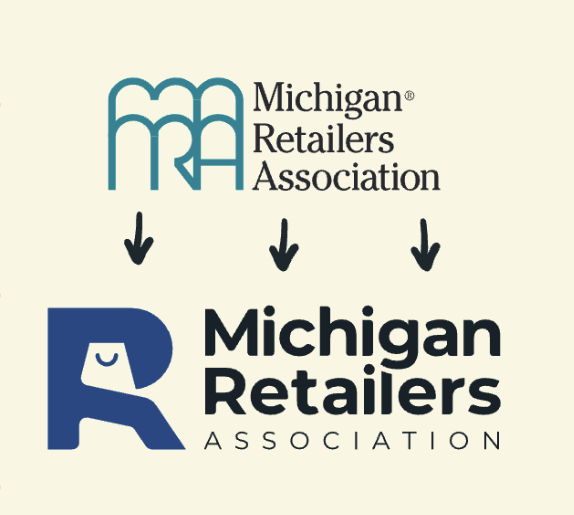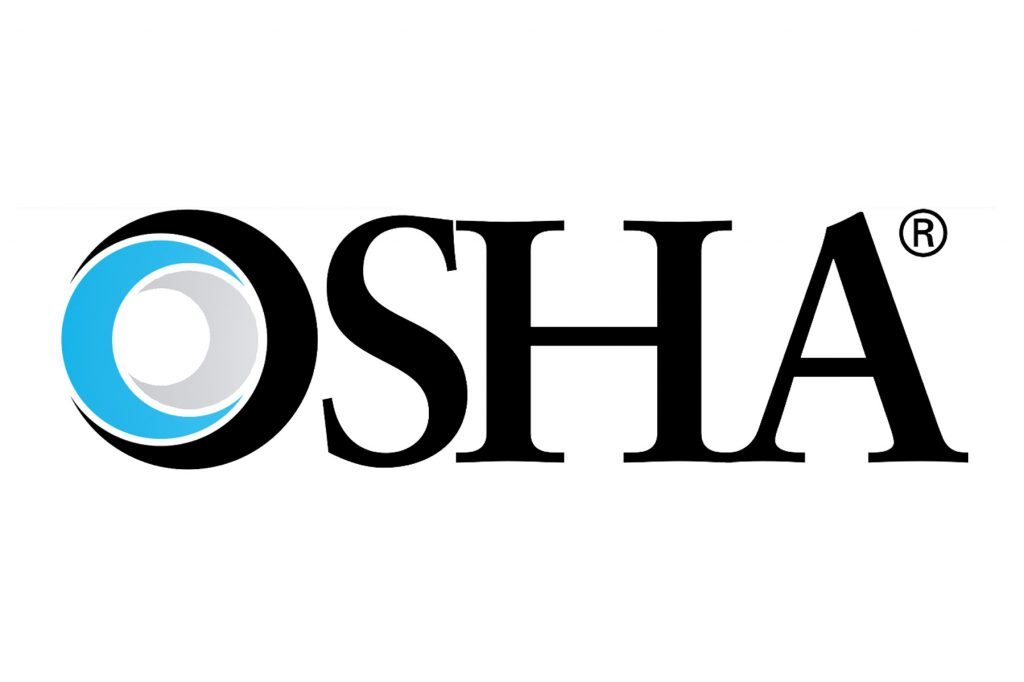Many Michigan businesses will be required as soon as July 1 to start using a new, online system to report their companies’ work-related injury and illness records to the public.
Federal safety officials say public disclosure is intended to encourage companies with at least 20 employees to create safer workplaces by giving them a “nudge.”
Critics say the system amounts to little more than “public shaming” of employers and doesn’t enable them to provide fuller explanations of the information.
The secure website enabling employers to comply with the new reporting requirement had not yet been finalized as Michigan Retailer went to press. It is expected to go live in February.
When the Occupational Safety and Health Administration (OSHA) is updated on the federal level, Michigan’s corresponding agency, MIOSHA, has six months in which to implement the new rules and/or standards.
The new OSHA rule became final in January 2017.
Worker Safety
An OSHA fact sheet states: “We are taking information that employers are already required to collect and using these data to help keep workers safer and make employers, the public, and the government better informed about workplace hazards.”
OSHA says public release of the data via website will:
1) Encourage employers to increase their efforts to prevent worker injuries and illnesses, and, “compelled by their competitive spirit, to race to the top in terms of worker safety.”
In addition, “Behavioral science suggests that public disclosure of the data will ‘nudge’ employers to reduce work-related injuries and illnesses in order to demonstrate to investors, job seekers, customers, and the broader public that their workplaces provide safe and healthy work environments for their employees.”
2) Enable researchers to examine these data in innovative ways that may help employers make their workplaces safer and healthier and may also help to identify new workplace safety hazards before they become widespread.
In addition, the final rule includes provisions that encourage workers to report work-related injuries or illnesses to their employers and prohibit employers from retaliating against workers for making those reports.
Critics counter that OSHA lacks the legal authority to impose the public disclosure rule. They also contend the move could backfire by discouraging some workers from reporting injuries and illnesses because they don’t want neighbors and others to know.
Website
The new electronic reporting requirement could create some duplication of recordkeeping requirements, because employers are also required to maintain their hard copy records of the same information.
MIOSHA says OSHA will provide a secure website, scheduled to go live in February, that offers businesses three options for data submission.
First, users will be able to manually enter data into a webform.
Second, users will be able to upload an electronic file to process single or multiple establishments at the same time.
Third, users of automated recordkeeping systems will have the ability to transmit data electronically via an application-programming interface.
An online publication with Q&A is located at: osha.gov/recordkeeping/finalrule/index.html.
Phased In
The new online reporting requirements will be phased in over two years, according to MIOSHA.
Establishments with 250 or more employees in industries covered by the recordkeeping regulation must submit information from their 2016 Form 300A by July 1, 2017.
These same employers will be required to submit information from all 2017 forms (300A, 300 and 301) by July 1, 2018.
Beginning in 2019 and every year after, the information must be submitted by March 2.
Establishments with 20-249 employees in certain high-risk industries must submit information from their 2016 Form 300A by July 1, 2017, and their 2017 Form 300A by July 1, 2018.
Beginning in 2019 and every year after, the information must be submitted by March 2.
Below is a partial listing of businesses identified in the group of 20-249 employees. The full list from OSHA is located at: osha.gov/recordkeeping/NAICScodesforelectronicsubmission.pdf.
Agriculture, forestry, fishing and
hunting
Manufacturing
Wholesale trade
Automotive parts, accessories, and tire stores
Furniture stores
Home furnishings stores
Building material and supplies dealers
Lawn and garden equipment and supplies stores
Grocery stores
Specialty food stores
Department stores
Other general merchandise stores
Used merchandise stores
Direct selling establishments
Warehousing and storage
Lessors of real estate
Consumer goods rental
General rental centers
Museums, historical sites, and similar institutions
Traveler accommodation
Commercial and industrial machinery and equipment (except automotive and electronic) repair and maintenance
Dry-cleaning and laundry services.






